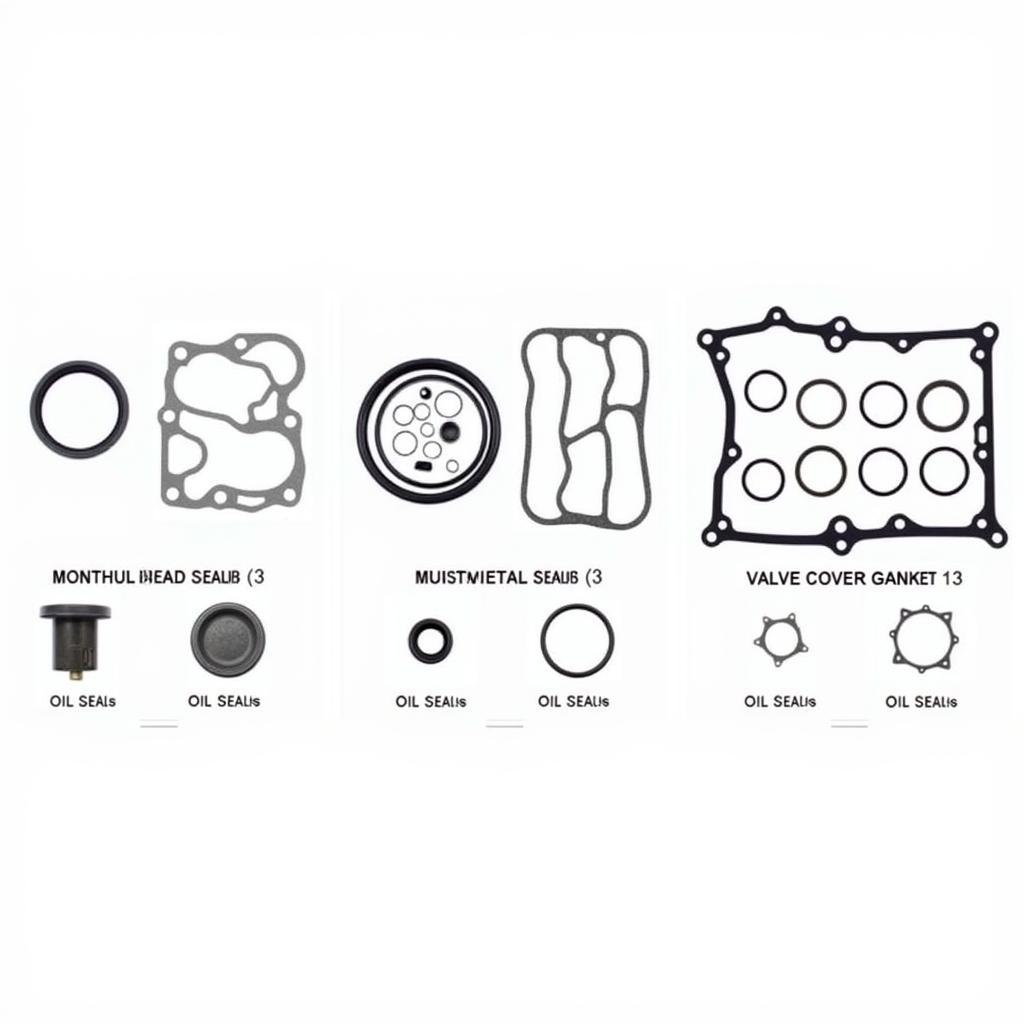The ASEAN input structure refers to the framework of goods and services that are imported by ASEAN member states for use in their production processes. This intricate network of inputs is crucial to the region’s economic activity, as it directly impacts the manufacturing of final products intended for both domestic consumption and international export. Understanding the nuances of the ASEAN input structure provides valuable insights into the region’s economic dependencies, strengths, and potential for growth.
The Role of Global Value Chains
The ASEAN input structure is deeply intertwined with the concept of Global Value Chains (GVCs). GVCs represent the fragmentation of production processes across various countries, with each nation specializing in specific stages of production. ASEAN countries have effectively integrated themselves into these global chains, often serving as vital links in the manufacturing of electronics, textiles, and automotive components.
 ASEAN GVC Participation
ASEAN GVC Participation
Key Inputs and Their Sources
ASEAN countries rely on a diverse range of inputs sourced both within and outside the region. Key import categories include:
- Raw Materials: These encompass natural resources such as crude oil, minerals, and agricultural products. Countries like Indonesia and Malaysia are significant suppliers within ASEAN, while imports also flow in from regions like the Middle East and Australia.
- Intermediate Goods: This category includes partially finished goods, components, and parts used in further manufacturing. China plays a dominant role as a source of intermediate goods for ASEAN, reflecting its position as a global manufacturing hub.
- Capital Goods: Machinery, equipment, and technology are essential inputs for enhancing productivity and competitiveness. Japan, South Korea, and increasingly, China, are major suppliers of capital goods to ASEAN.
Intra-ASEAN Trade and Regional Integration
While ASEAN benefits from global trade in inputs, intra-ASEAN trade also plays a significant role. The ASEAN Free Trade Area (AFTA) has fostered closer economic ties within the region, leading to a surge in the exchange of goods and services. This intra-regional trade is particularly crucial for intermediate goods, reflecting the growing specialization and interdependence among ASEAN economies.
 Intra-ASEAN Trade Flows
Intra-ASEAN Trade Flows
Challenges and Opportunities
The ASEAN input structure, while integral to economic growth, also presents challenges. Overreliance on specific inputs or source countries can create vulnerabilities to global shocks or price fluctuations. Furthermore, enhancing the region’s position within GVCs requires continuous upgrading of skills, technology, and infrastructure.
Despite these challenges, the ASEAN input structure presents significant opportunities. Strengthening regional integration through initiatives like the Regional Comprehensive Economic Partnership (RCEP) can enhance supply chain resilience and attract greater foreign investment.
Conclusion
The ASEAN input structure reflects the region’s successful integration into global value chains and its increasing economic interdependence. By understanding the complexities of this structure, stakeholders can identify opportunities to enhance competitiveness, foster innovation, and drive sustainable economic growth in Southeast Asia.


